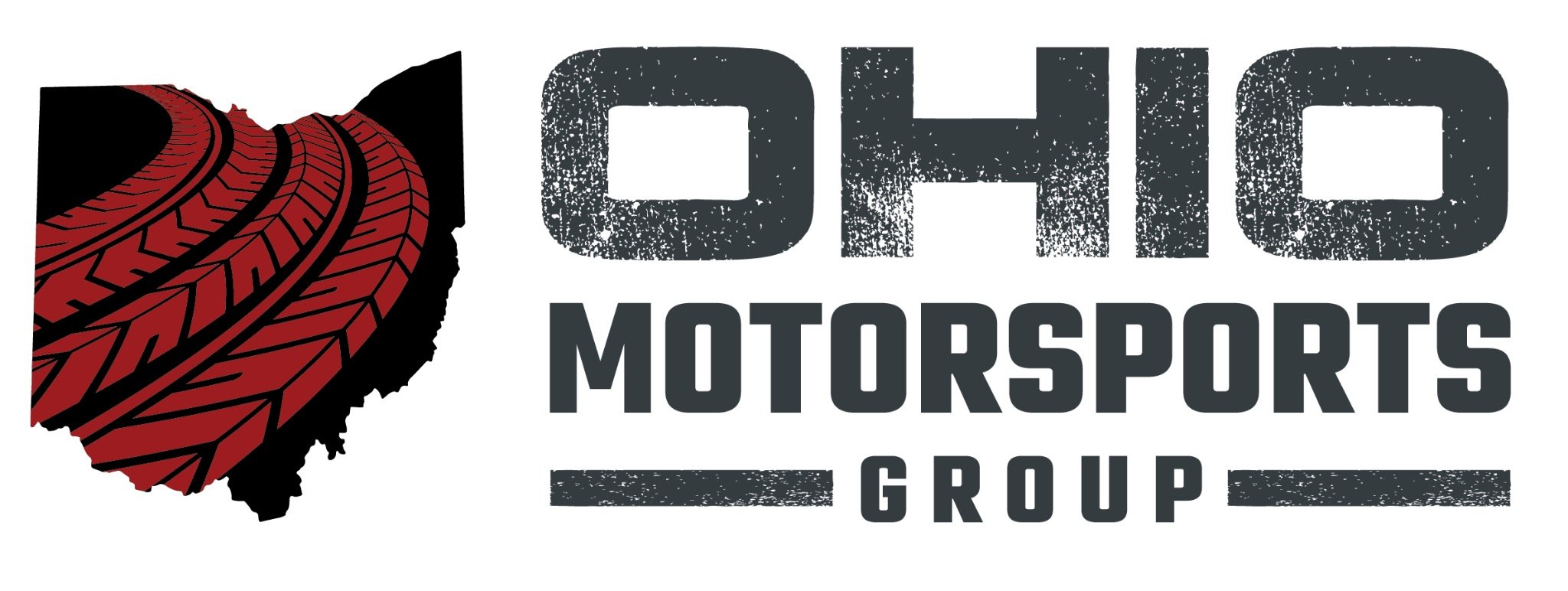What's in a fork swap?
-
Similar Content
-
- 134 replies
- 27,413 views
-
- 1 reply
- 458 views
-
What do YOU need? 1 2 3 4 42
By RidersDiscount,
- 1,031 replies
- 116,398 views
-
2006 CBR1000RR Front Fork Aftermarket Cartridge Kits --- K-Tech vs RaceTech...Which would you choose?
By OhioBob,
- 0 replies
- 440 views
-
- 7 replies
- 1,153 views
-




Recommended Posts
Join the conversation
You can post now and register later. If you have an account, sign in now to post with your account.